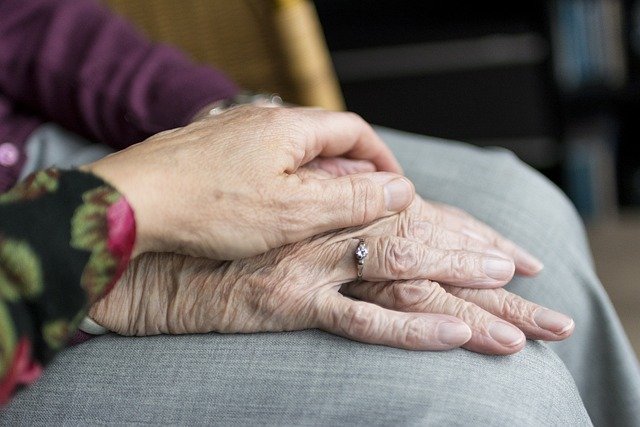Understanding Loneliness in Later Life: Connections and Well-being
Many individuals experience changes in social connections as they grow older. Retirement, changing family dynamics, and the passing of friends can sometimes lead to feelings of loneliness. This article explores various aspects of loneliness in older adulthood and suggests approaches that may help enhance social engagement and personal fulfillment.

Loneliness in later life represents more than just being alone—it reflects a profound disconnect between desired and actual social relationships. Research indicates that chronic loneliness can have serious health implications comparable to smoking or obesity, making it essential to address this issue with comprehensive understanding and practical solutions.
How to Stop Feeling Lonely: Practical Strategies for Connection
Overcoming loneliness requires intentional steps toward building meaningful relationships and engaging with others. Starting small can make a significant difference—reaching out to old friends through phone calls or letters, joining community groups based on personal interests, or participating in local activities can create new opportunities for connection. Technology also offers valuable tools, with video calling platforms allowing face-to-face conversations with family members who live far away. Volunteering provides dual benefits by contributing to the community while meeting like-minded individuals who share similar values.
Elderly Loneliness Solutions: Community-Based Approaches
Community organizations and local services play vital roles in addressing elderly loneliness through structured programs and support systems. Many communities offer senior centers that provide social activities, educational programs, and meal services that bring people together regularly. Intergenerational programs connect older adults with younger community members, creating mutually beneficial relationships that combat isolation across age groups. Faith-based organizations often provide additional support networks through regular gatherings and pastoral care services.
Senior Loneliness Solutions: Professional Support and Resources
Professional interventions can provide targeted assistance for seniors experiencing persistent loneliness. Mental health counselors specializing in geriatric care understand the unique challenges facing older adults and can offer therapeutic strategies for building social skills and managing depression often associated with isolation. Support groups led by trained facilitators create safe spaces for sharing experiences and learning from others facing similar challenges. Some healthcare systems now incorporate loneliness screening into routine medical appointments, recognizing its impact on physical health outcomes.
Seniors Living Alone: Creating Safe and Connected Environments
Living independently while maintaining social connections requires careful planning and resource awareness. Home modification services can help create safer living spaces that enable continued independence, while meal delivery programs provide both nutrition and regular human contact. Neighborhood watch programs and buddy systems create informal support networks that check on isolated seniors regularly. Transportation services specifically designed for older adults ensure continued access to social activities, medical appointments, and community resources when driving becomes challenging.
Daily Habits for Seniors: Building Routine Social Connections
Establishing consistent daily and weekly routines that include social interaction helps combat loneliness proactively. Simple habits like taking daily walks in neighborhood areas where interaction with neighbors is likely, maintaining regular coffee dates with friends, or attending weekly library programs create predictable social touchpoints. Engaging in hobbies that involve others—such as book clubs, gardening groups, or craft circles—provides ongoing opportunities for meaningful conversation and shared experiences. Even brief interactions with store clerks, postal workers, or neighbors can contribute to a sense of community connection when incorporated into regular routines.
| Service Type | Provider Examples | Key Features | Estimated Monthly Cost |
|---|---|---|---|
| Senior Centers | Local Community Centers | Social activities, meals, transportation | $25-75 |
| Companion Services | Visiting Angels, Home Instead | Regular visits, conversation, light assistance | $200-500 |
| Adult Day Programs | Local Healthcare Systems | Structured activities, health monitoring | $300-800 |
| Transportation Services | Senior Ride Programs | Medical appointments, shopping, social events | $50-150 |
Prices, rates, or cost estimates mentioned in this article are based on the latest available information but may change over time. Independent research is advised before making financial decisions.
Addressing loneliness in later life requires a multifaceted approach that combines individual initiative with community support and professional resources. By understanding the various factors that contribute to social isolation among older adults and implementing targeted strategies for connection, we can significantly improve quality of life and health outcomes for aging populations. The key lies in recognizing that loneliness is not an inevitable part of aging but rather a challenge that can be addressed through proactive planning, community engagement, and appropriate support systems.
This article is for informational purposes only and should not be considered medical advice. Please consult a qualified healthcare professional for personalized guidance and treatment.




